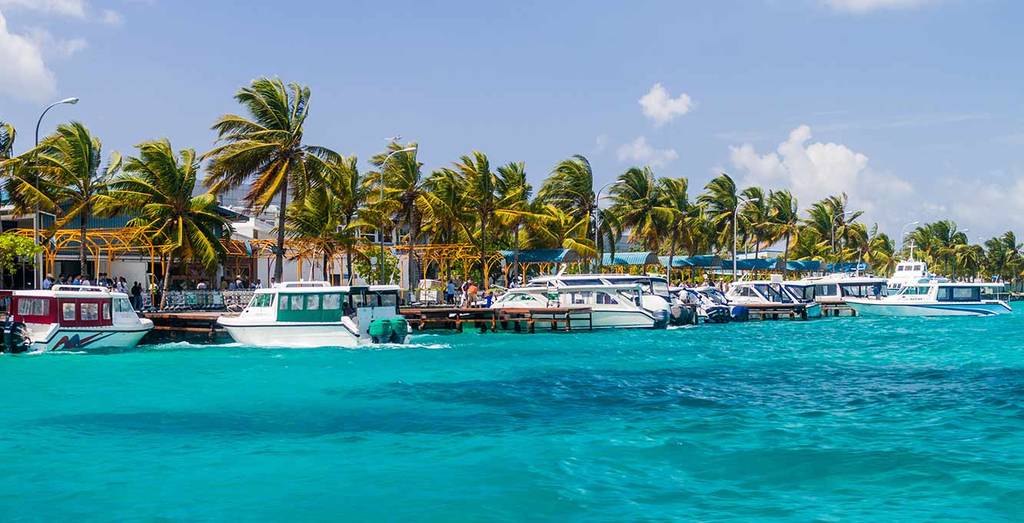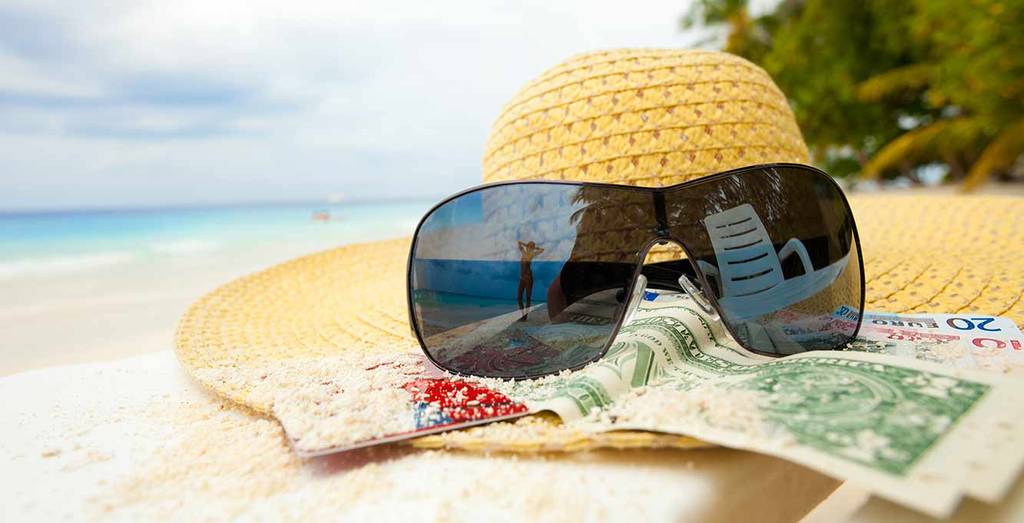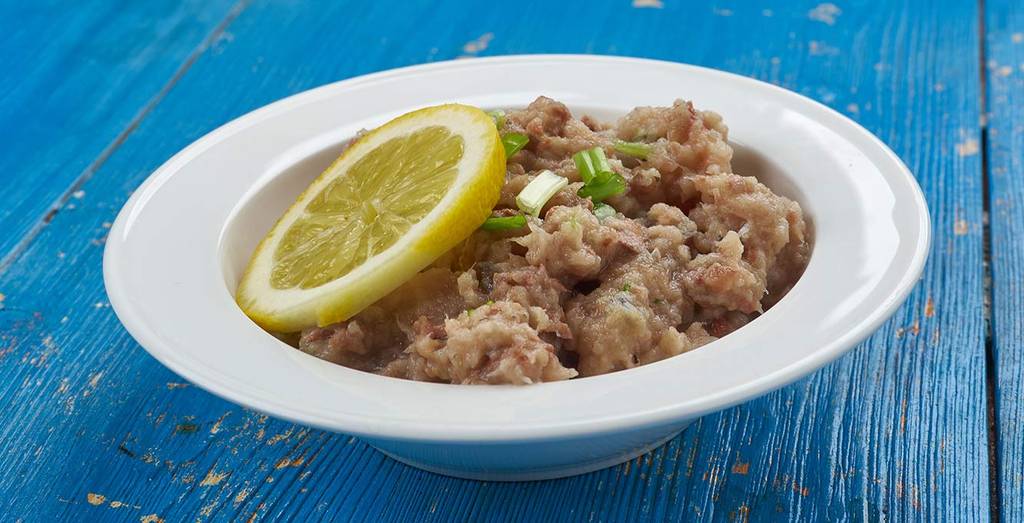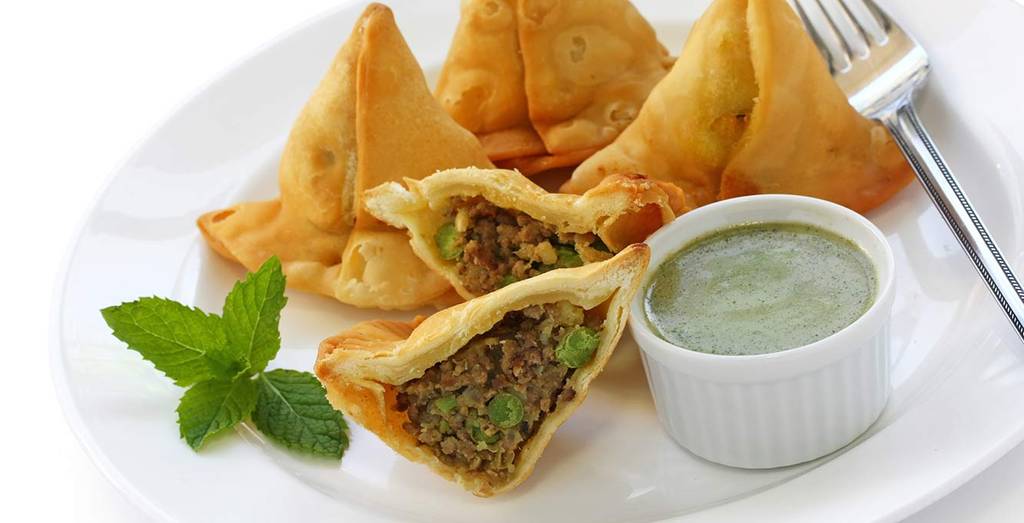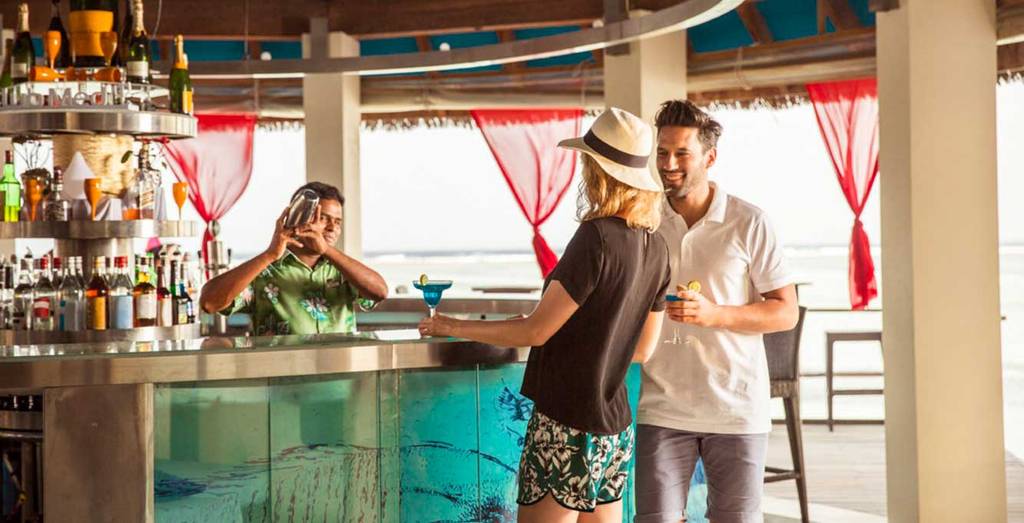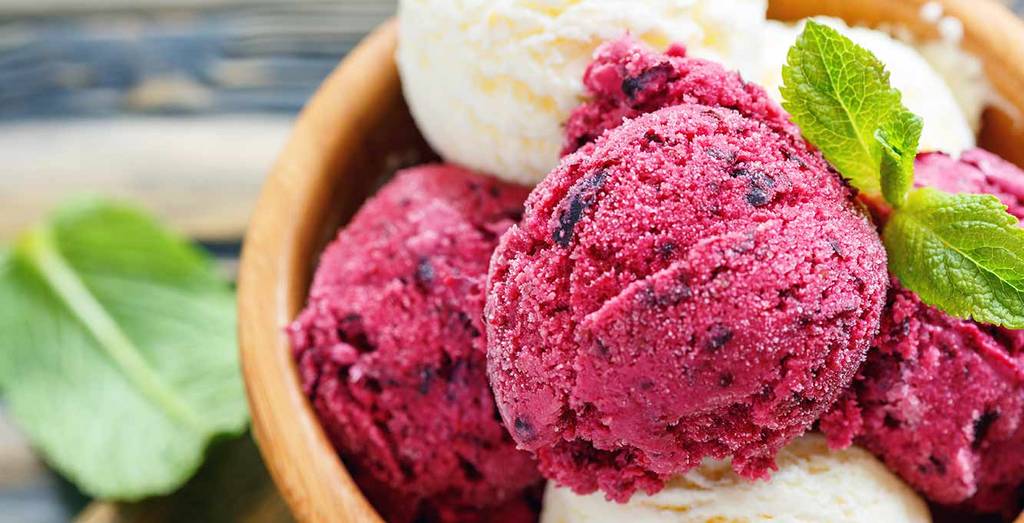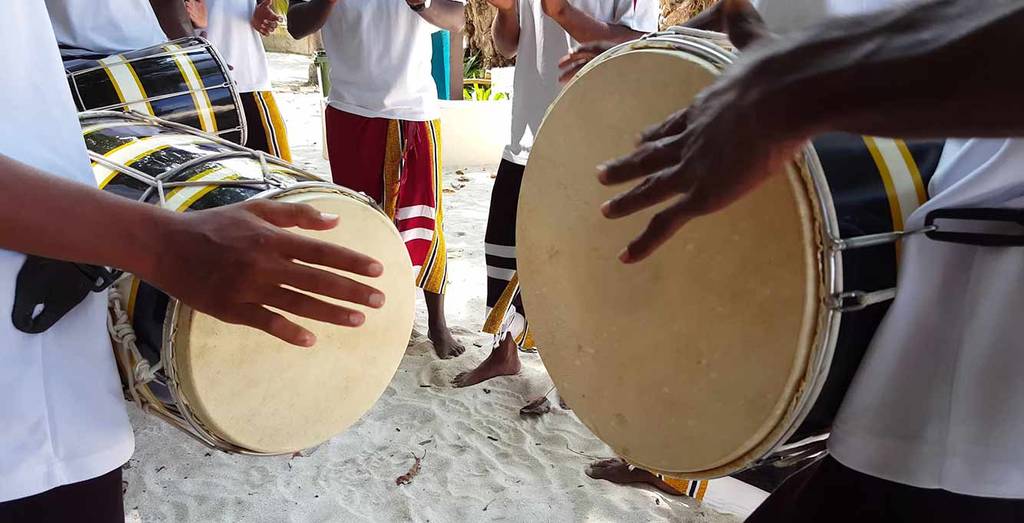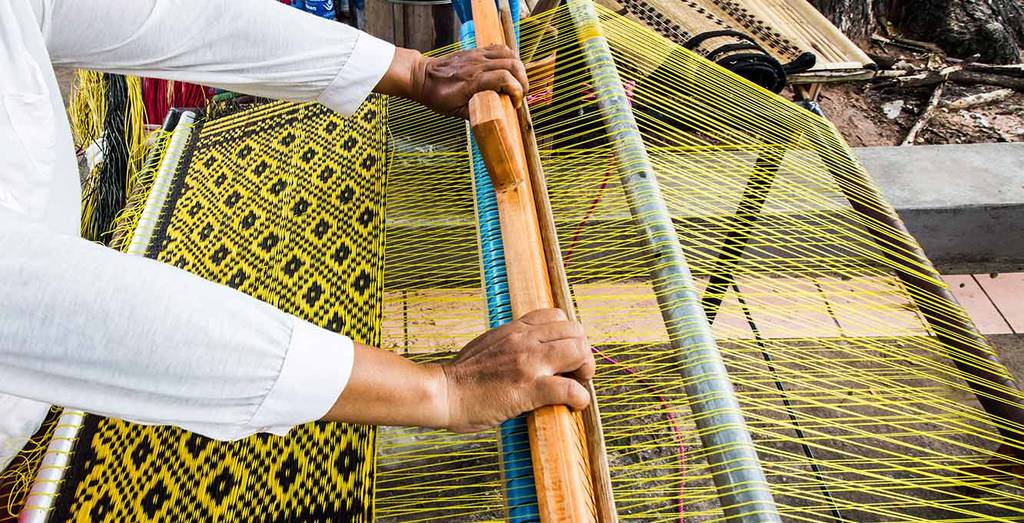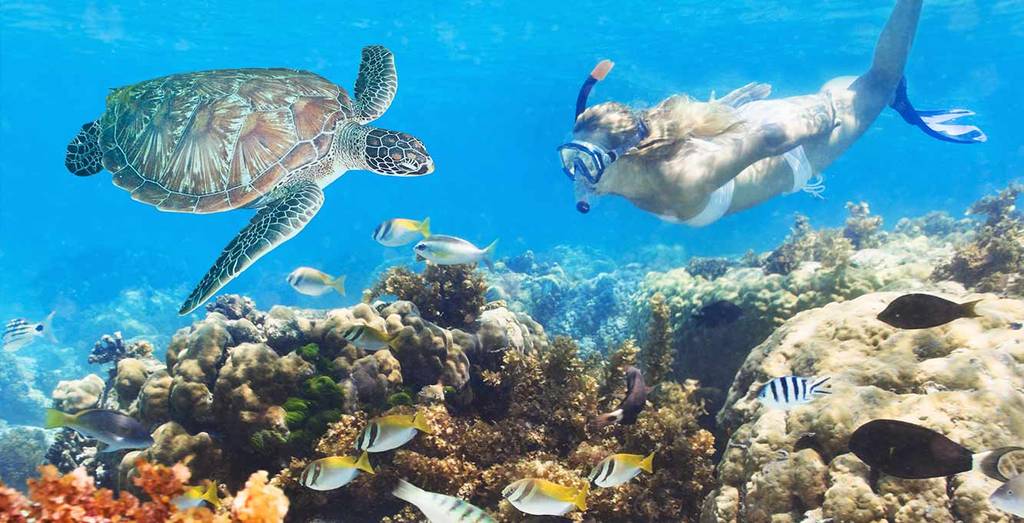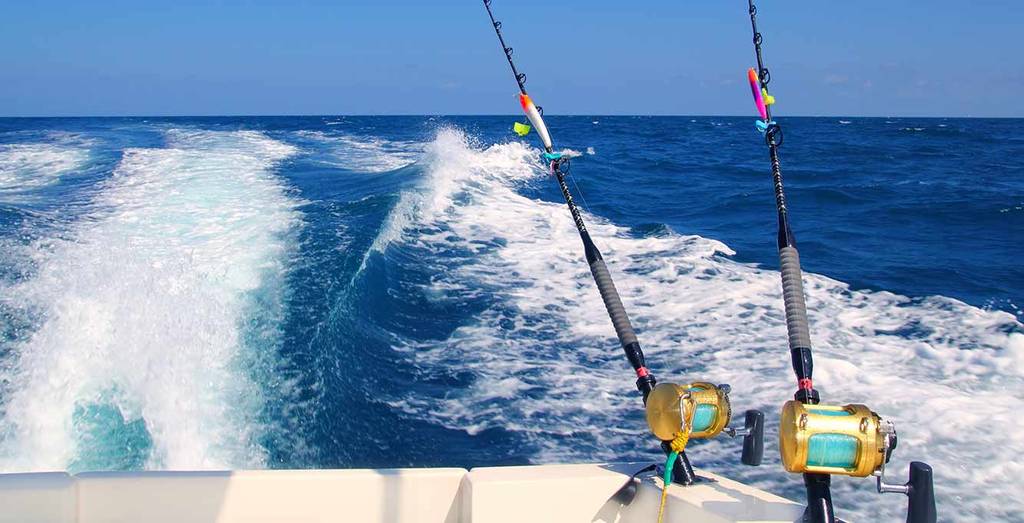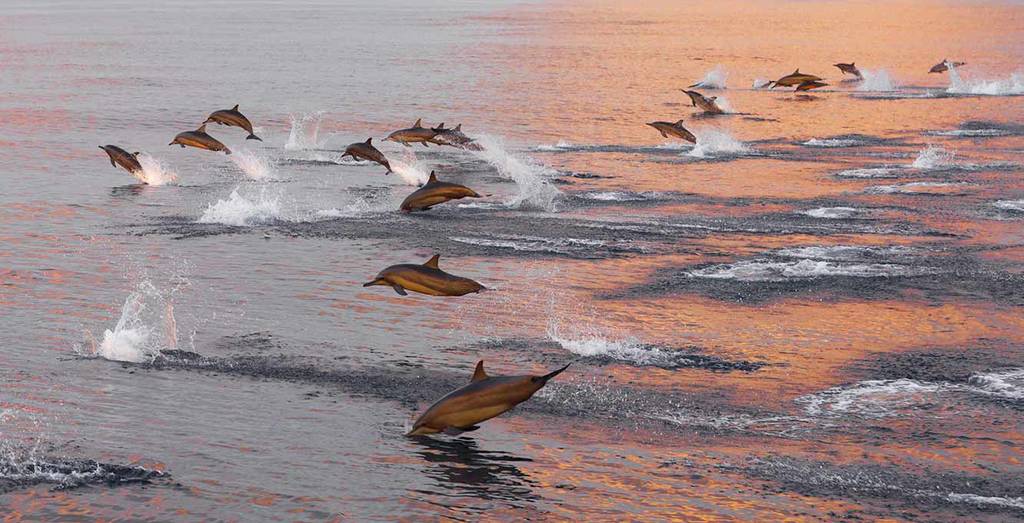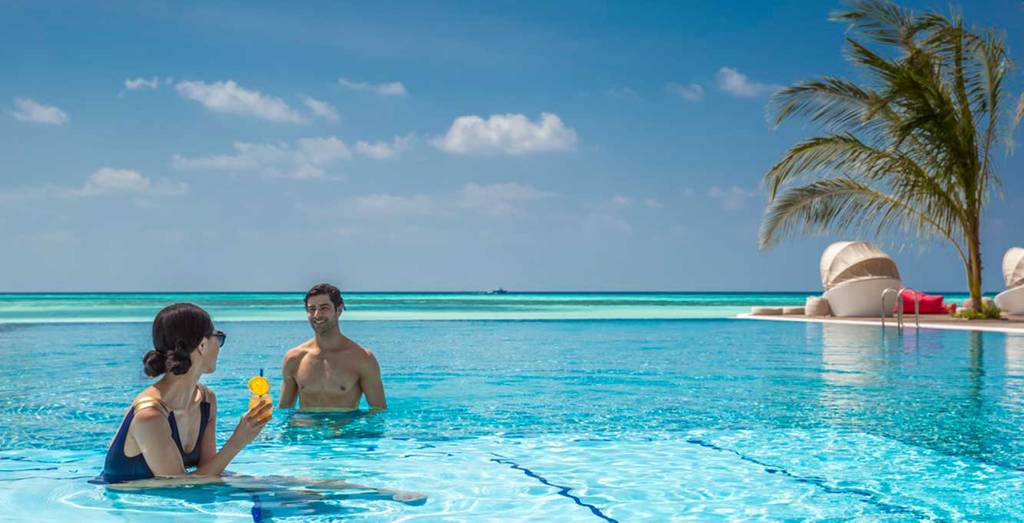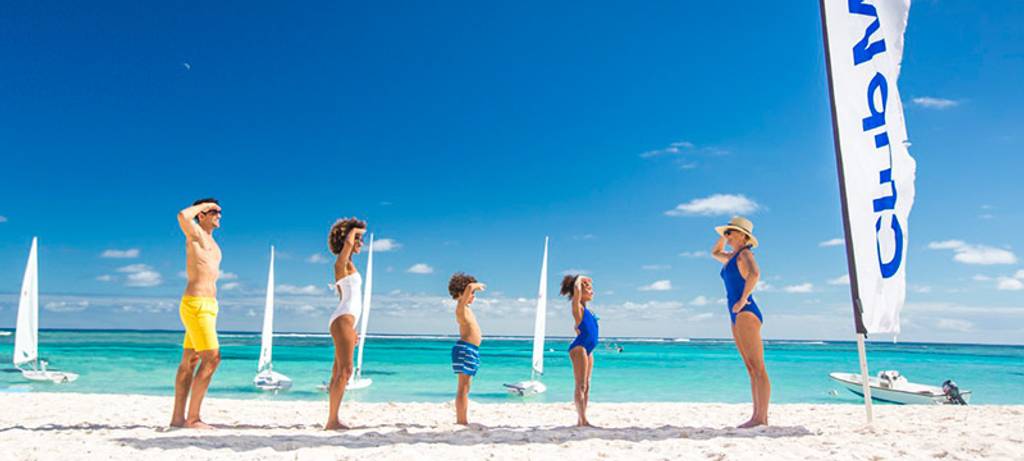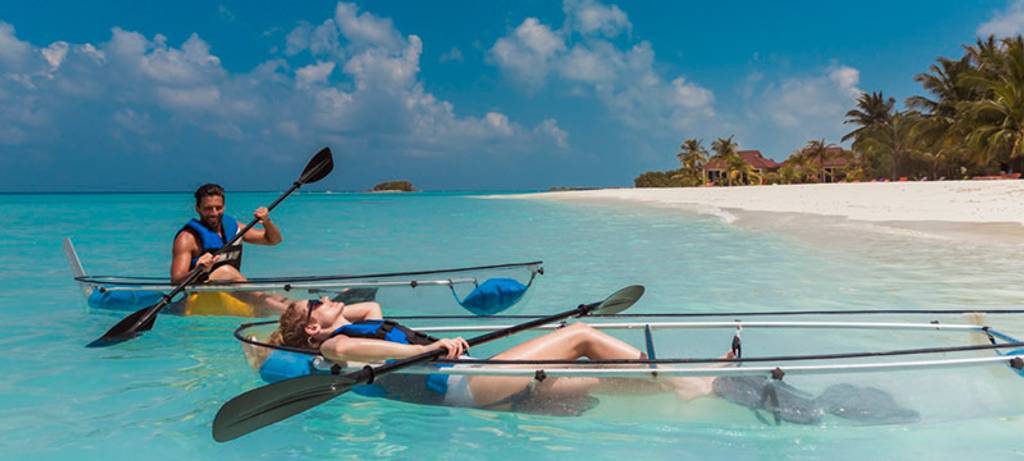
Weather
The Maldives have a sunny, tropical climate perfect for an island getaway. Temperatures in the Maldives are fairly consistent throughout the year at 25-31˚C, so you’ll enjoy warm weather any time you choose to go.
December to April are the driest months, making them the best time to go to the Maldives. May and the autumn-winter months are quieter, but get the most rainfall with about 15 rainy days out of the month with anywhere between 20-24cm of rain. However, no matter when you go the weather is rarely bad enough to disturb a holiday.
